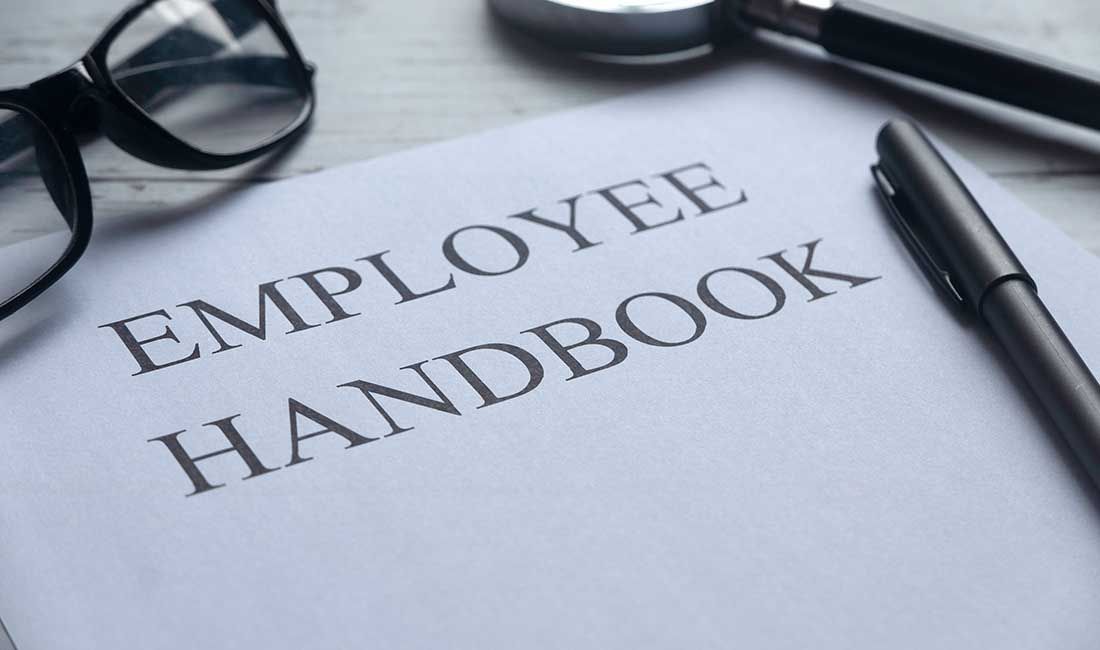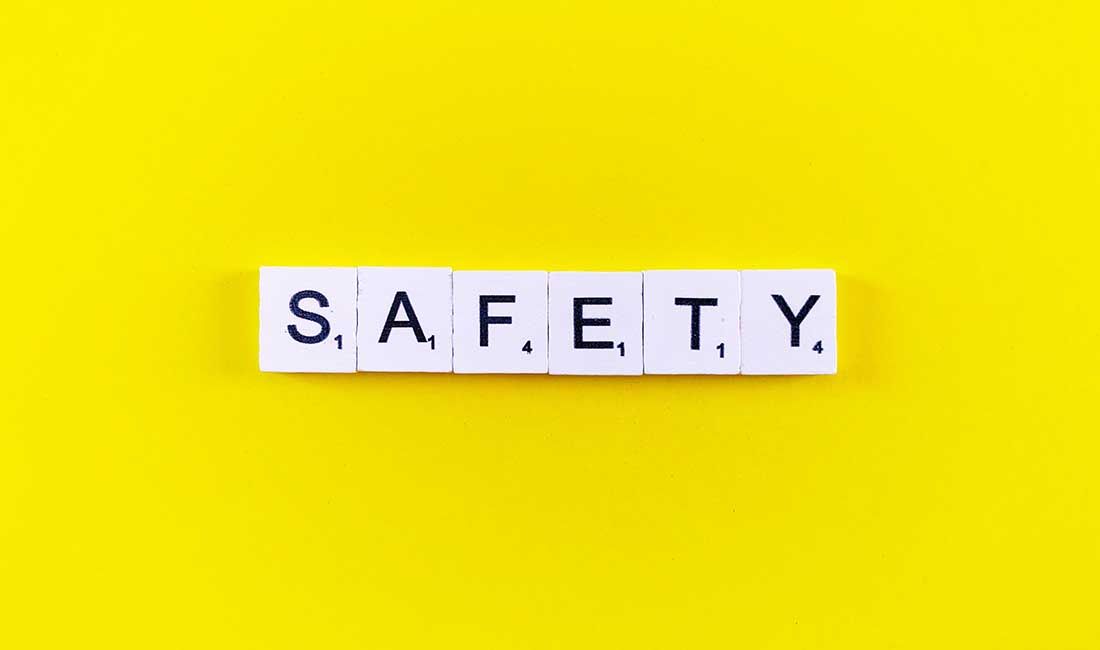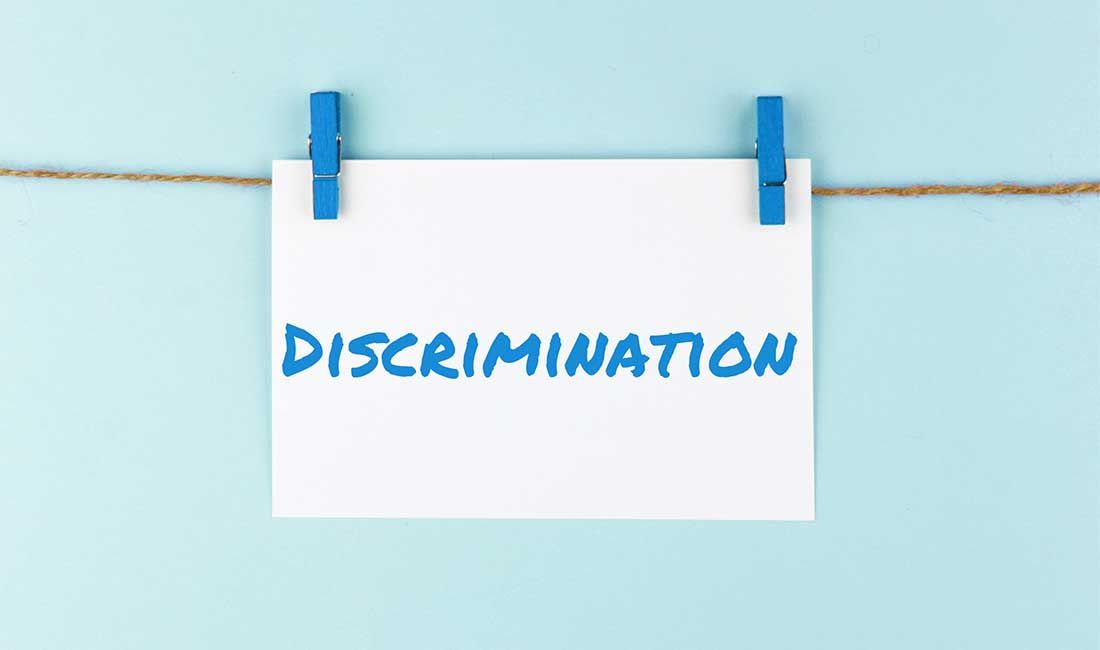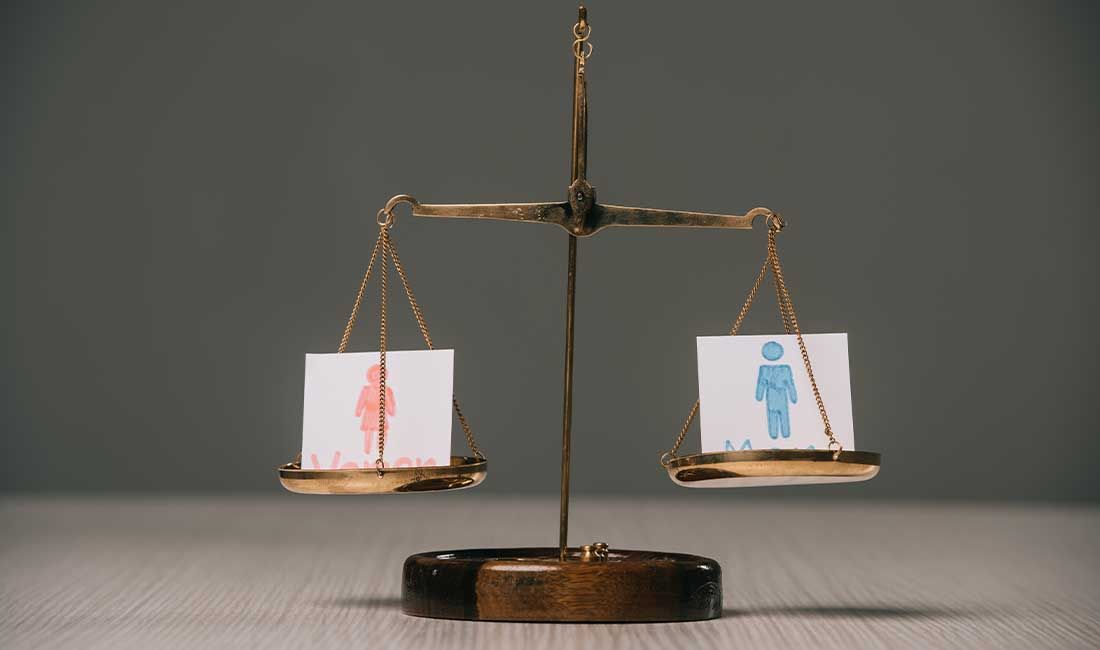Understanding Harassment in the Workplace

| W.E.U Admin | Workplace Wellbeing
TAGS: Equality, Harassment, Workplace
Every worker deserves to be treated with dignity and respect. Harassment and bullying undermine the values of fairness, equality and safety that Trade Unions fight to protect. While both behaviours are harmful, it’s important to understand how they differ, especially regarding the legal protections available.
Harassment and Bullying: What’s the Difference?
Although the terms are often used interchangeably, there is a key legal distinction between bullying and harassment.
Bullying refers to behaviour that is offensive, intimidating, malicious or insulting. It can include abuse of power that humiliates or undermines the victim. Examples include constant criticism, public belittling or deliberate exclusion. However, bullying on its own is not recognised as a specific legal offence under current UK legislation.
Harassment, on the other hand, is clearly defined in the Equality Act 2010. It is unlawful and occurs when someone engages in unwanted conduct related to a protected characteristic (such as age, disability, gender reassignment, race, religion, sex or sexual orientation) that violates a person’s dignity or creates an intimidating, hostile, degrading, humiliating or offensive environment. For more on recognising harassment, see our detailed guide.
Recognising Workplace Harassment
Harassment doesn’t have to be repeated to be serious. A single incident may be enough if it crosses the line of decency or professionalism. It doesn’t have to happen face-to-face; inappropriate emails, social media messages or exclusion from group chats can all constitute harassment.
The key question is how the behaviour is received and whether it impacts the dignity and well-being of the person on the receiving end.
Common Examples of Workplace Harassment
- Spreading malicious rumours or gossip
- Public humiliation or ridicule
- Threats about job security with no justification
- Misuse of power, such as micromanagement or unfair performance reviews
- Blocking someone’s career progression deliberately
- Excluding someone from meetings or opportunities
- Derogatory comments based on protected characteristics
- Inappropriate digital content or tone of communication
- Unwelcome sexual advances or suggestive remarks
Digital harassment is on the rise, and employers must take this seriously. Inappropriate emails, WhatsApp messages or shared content can create a toxic work environment just as much as in-person misconduct.
Harassment at Work – An Example
Imagine valuing work-life balance and working strictly contracted hours. Your line manager criticises you for not checking emails on weekends, then excludes you from development projects. You feel isolated and undervalued. This behaviour could constitute harassment, especially if linked to age, gender or another protected characteristic. Even if it isn’t, there may be grounds for formal grievance action. Speak to our WEU office for advice.
Sexual Harassment and the Law
Sexual harassment is one of the most common—and underreported—forms of workplace abuse. It includes unwanted verbal, non-verbal or physical conduct of a sexual nature: inappropriate comments, unwanted touching, suggestive messages or sharing offensive material.
The Equality Act 2010 makes clear that employers are legally responsible for protecting workers from sexual harassment. From 26 October 2024, under the Worker Protection (Amendment of Equality Act 2010) Act, employers will also have a positive duty to take reasonable steps to prevent harassment, including from third parties such as customers or contractors.
Some forms of sexual harassment may also be prosecuted as criminal offences under the Protection from Harassment Act 1997, covering stalking, repeated unwanted contact or online abuse.
Sexual Harassment – An Example
Suppose a colleague regularly shares sexually explicit images or jokes in the office. Even if these aren’t directed at you personally, they make you uncomfortable and affect your work. This still counts as potential harassment. The law recognises that the impact on the environment, not just intent, matters. You don’t have to confront the person directly—raise your concern with HR or our WEU office if you don’t feel safe doing it alone.
Harassment Can Happen to Anyone
Harassment doesn’t discriminate, but its impact does. Research shows women are more likely to be harassed, though men also suffer serious misconduct. Studies indicate that 52% of women experience sexual harassment at work. Men who report harassment often face disbelief or blame. It is vital that all workers, regardless of gender, sexuality or background, are taken seriously when they speak up.
Layered experiences—being targeted for race, sexuality, disability or religion—are recognised as unlawful discrimination. For further reading on intersectional harassment, visit our in-depth analysis.
What to Do If You Believe You Are Affected by Harassment
- Keep a diary or written record of events, dates, people involved and what was said or done
- Save copies of relevant emails, messages or social media content
- Speak to our WEU office for advice and support
- Consider raising the issue informally, if safe, or file a formal grievance
- Contact external organisations like ACAS or the Equality Advisory Support Service if needed
If you witness harassment, don’t stay silent. Speak up if you can, support the affected colleague and report the behaviour to your line manager or the WEU office for advice.
No One Should Face Harassment Alone
Harassment and bullying are not just workplace issues—they’re Trade Union issues. Calling the WEU office for advice is crucial. No one should endure being demeaned, excluded or intimidated. These behaviours are often unlawful. Whether you’re experiencing it yourself or supporting a colleague, speak to us. We’re here to ensure no one faces harassment alone.
workersofengland.co.uk | Independent Workers Trade Union


















